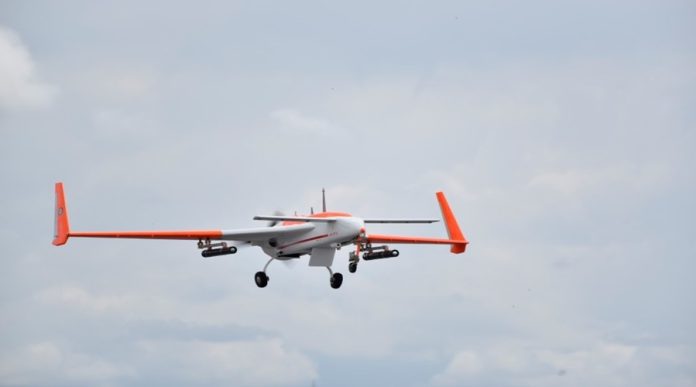The Defence Research and Development Organisation (DRDO) of India has been at the forefront of developing indigenous unmanned aerial vehicles (UAVs) to enhance the nation’s defense capabilities. A notable addition to this endeavor is the Archer UAV, a progression from the earlier Rustom series, tailored for both surveillance and combat roles.
Developmental Background
The Archer UAV is an evolution of the Rustom-1 platform, which was initially designed for intelligence, surveillance, and reconnaissance (ISR) missions. Recognizing the need for a more versatile UAV capable of engaging in combat operations, DRDO initiated modifications to the Rustom-1, leading to the development of the Archer. This transformation began in mid-2022, focusing on equipping the UAV with weapon systems suitable for precision strikes.
Technical Specifications
The Archer UAV boasts impressive operational capabilities:
- Altitude: Capable of operating at altitudes up to 22,000 feet, allowing it to conduct missions above most ground-based threats.
- Endurance: With an endurance of 12 hours, it can perform extended missions without the need for frequent returns to base.
- Range: The UAV has a range of 220 kilometers, enabling it to cover substantial areas during operations.
- Payload Capacity: Designed as a multi-payload configurable system, the Archer can be equipped with various sensors and weaponry tailored to specific mission requirements.
- Autonomy: It features autonomous take-off and landing capabilities, even on short, semi-paved runways, enhancing its operational flexibility.
These specifications underscore the Archer’s versatility in both ISR and combat roles.
Weaponization and Combat Capabilities
A significant advancement in the Archer’s design is its weaponization. The UAV has been modified to carry out armed missions, with the integration of weapon systems such as the Smart Anti-Airfield Weapon (SAAW) and Anti-Tank Guided Missiles (ATGMs). These modifications enhance its capability to perform precision strikes, making it a formidable asset in combat scenarios.
Archer-NG: The Next Generation
Building upon the success of the Archer, DRDO has developed the Archer-NG (Next Generation), a Medium-Altitude Long-Endurance (MALE) UAV. The Archer-NG features a single-engine, twin-boom pusher configuration and is designed to meet the specifications of the now-downgraded TAPAS program (previously known as Rustom-II). It shares common avionics, software, Ground Control Station (GCS), and Ground Data Terminal (GDT) with TAPAS, ensuring compatibility and reducing developmental redundancies.
The Archer-NG has an all-up weight of 1,700 kg and can carry up to 400 kg of payload, making it a versatile platform for armed missions. Its roles include Intelligence, Surveillance, Target Acquisition, and Reconnaissance (ISTAR), artillery target acquisition, battlefield post-strike assessment, and precision strikes. The UAV is equipped with an indigenous Ground Control Station capable of operating 6-7 UAVs simultaneously.
Manufacturing and Deployment
In a significant move towards bolstering India’s indigenous defense manufacturing capabilities, Bharat Electronics Limited (BEL) has been selected to manufacture 20 Limited Series Production (LSP) units of the Archer UAV. These units are slated for delivery to the Indian Army and Indian Air Force for user trials. The initial four units will be utilized for air-to-surface missile fire testing, with plans to integrate various weapon systems upon successful trials.
Future Prospects
As of latest, the Archer-NG has completed high-speed taxi trials, with its maiden flight anticipated in February 2025, likely before the Aero India 2025 airshow at Yelahanka Air Force Station. The weaponized variant is expected to be completed within the next three years, with plans to integrate laser-guided rockets, bombs, and loitering munitions with ranges up to 100 km. The prototype is currently powered by an Austro Engine E4 powerplant inherited from the TAPAS-BH-201 program. However, two indigenous UAV engines of 180hp and 220hp are being developed by the Vehicle Research and Development Establishment (VRDE) to further enhance its capabilities.
Conclusion
The DRDO Archer UAV represents a significant milestone in India’s pursuit of self-reliance in defense technology. Its development from a surveillance platform to a weaponized UAV underscores the nation’s commitment to enhancing its aerial combat capabilities. With the upcoming advancements in the Archer-NG variant, India is poised to strengthen its position in the global UAV landscape, showcasing the prowess of its indigenous defense research and development.








